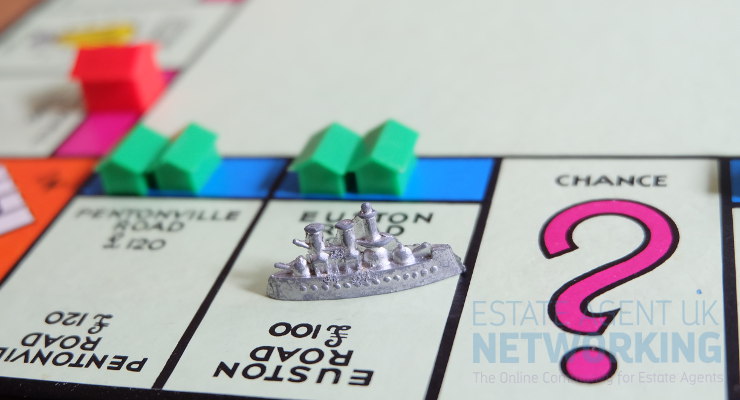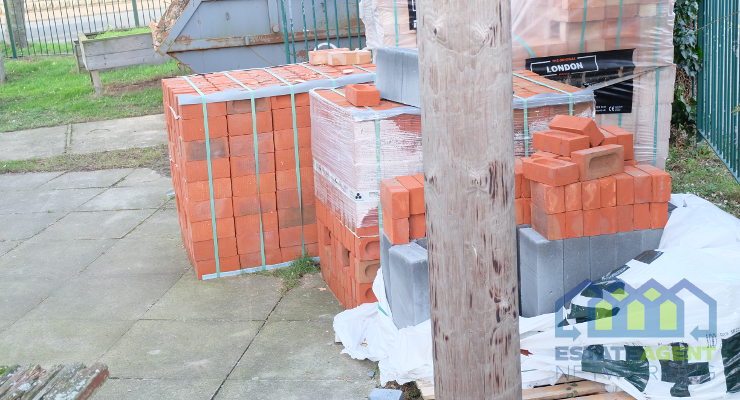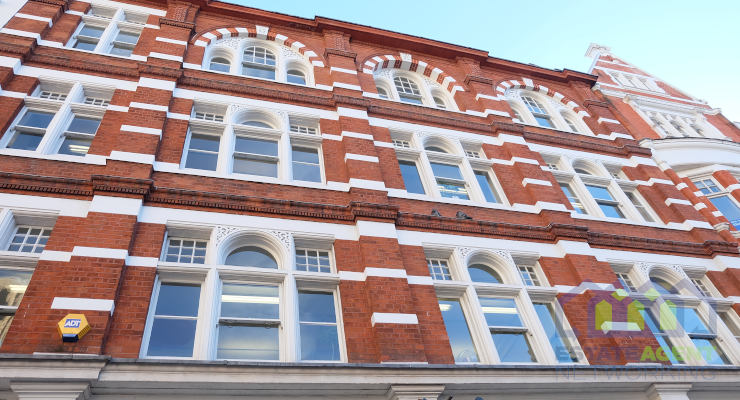The Past, Present & Future of UK Flooding
It is becoming fairly common to see UK flooding headlines splashed across the news (pun intended). Regardless of whether you believe in climate change or not, it is difficult to deny that, in recent years, the weather has been a lot worse than usual.
While the country may have seen a similar quantity of rainfall over the past two decades, the storms and climatic events it has faced have been a lot more extreme, leaving many UK towns and cities at greater risk of flooding. This, in turn, has had a substantial impact on individuals, businesses and the country’s infrastructure.
We are here to teach you everything you need to know about flooding in the UK, highlighting some of the worst floods in history and taking a look at the UK’s most susceptible places. We will then discuss what can be done to limit your risk of flood damage, keeping you, your home and belongings safe.
Past: The UK’s Worst Floods
Let’s start by heading back in history. Here are five of the worst floods the UK has ever experienced:
-
1607: Bristol Channel Floods. Back on January 30th 1607, more than 2000 people drowned during the Bristol Channel floods. Devastation affected farmland and livestock, and many historians believed the floods were caused by a storm surge. However, in 2002, a group of scientists published evidence against this, instead suggesting that the disaster was actually caused by a tsunami.
-
1703: The Worst Storm. To many people, the 1703 storm was the UK’s worst natural disaster. Coming almost out of nowhere, the storm battered the country for over a week and was responsible for the death of between 8000 and 15,000 people. It even swept the Eddystone Lighthouse and its designer Henry Winstanley clean away, since becoming a mainstay of folklore and poetry.
-
1953: The North Sea Flood. At the end of 1953, more than 326 people drowned in one of the greatest UK storm surges on record. Over 30,000 people had to evacuate their homes and 24,000 properties were seriously damaged. Floods spread across 160,000 hectares of Eastern England and nearly 2000 km of British coastline was ravaged as a result.
-
2000: The Millennium Floods. Back in October 2000, the UK experienced its wettest autumn in two centuries, with five of its major rivers bursting their banks. Across 700 locations, more than 10,000 homes and businesses flooded, while 93mph gusts ran rampage across the country. Following the aftermath of the event, the damage was estimated to cost £1 billion.
-
2013: The Christmas Storm. Known as the stormiest December since 1969, the 2013 storm registered gusts of well over 100mph and caused significant damage throughout the country. Buildings were ravaged, cars were swept away, power lines were cut, and severe flooding forced thousands of people to evacuate their homes.
Present: Most Affected Towns & Cities
Back in 2018, research from Money Supermarket highlighted the five UK cities most likely to be affected by flooding. These included:
-
Hull. Despite seeing a slight reduction in the percentage of flooded homes between 2018 (7.5%) and 2017 (7.6%), the Yorkshire-based city retained its crown as the most susceptible place in the UK to flooding; nearly one-in-ten Hull-based homes flooded last year alone.
-
Carlisle. With a 0.4% rise in its number of flooded homes between 2017 (3.1%) and 2018 (3.5%), Carlisle is another northern UK city known to be particularly susceptible to flooding.
-
Lancaster. Yet another northern UK city known to be at risk is Lancaster. Home to two large universities, the medieval city saw no change in its ranking between 2017 (3rd) and 2018, despite its percentage of flooded homes rising to 2.7%.
-
Gloucester. Jumping from sixth in 2017 to fourth last year, 1.9% of homes in Gloucester flooded in 2018, rising from 1.7% the previous year.
-
Llandudno. The Welsh town of Llandudno saw no change in its percentage of flooded homes between 2017 (1.9%) and 2018 (1.9%), but actually dropped to fifth in the rankings from fourth the previous year.
…and the least likely?
On the other end of the spectrum, Crewe is the UK’s least-likely area to encounter flooding, with only 0.1% of homes affected by water damage.
Future: Prevention
So, the million-dollar question: if you know a major storm is on the way, what can you do to protect yourself? Here are a few key things to think about:
-
Keep an eye on flood warnings. The UK government and Met Office regularly post weather updates detailing the current flood threat level. Keep an eye out for these to ensure you stay well-protected.
-
Invest in temporary flood defence mechanisms. Whether you use a sandbag, hydrosack or stack of Malta XL Lego Blocks, if you live in an area that’s particularly susceptible to flooding, it’s important to prevent floodwater from penetrating any gaps in your home.
-
Lobby council for better flood prevention. If you’re concerned about flooding in your area, contact your local council and get them to implement flood prevention mechanisms. These, in turn, will keep you and your neighbourhood protected.









